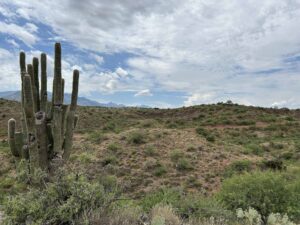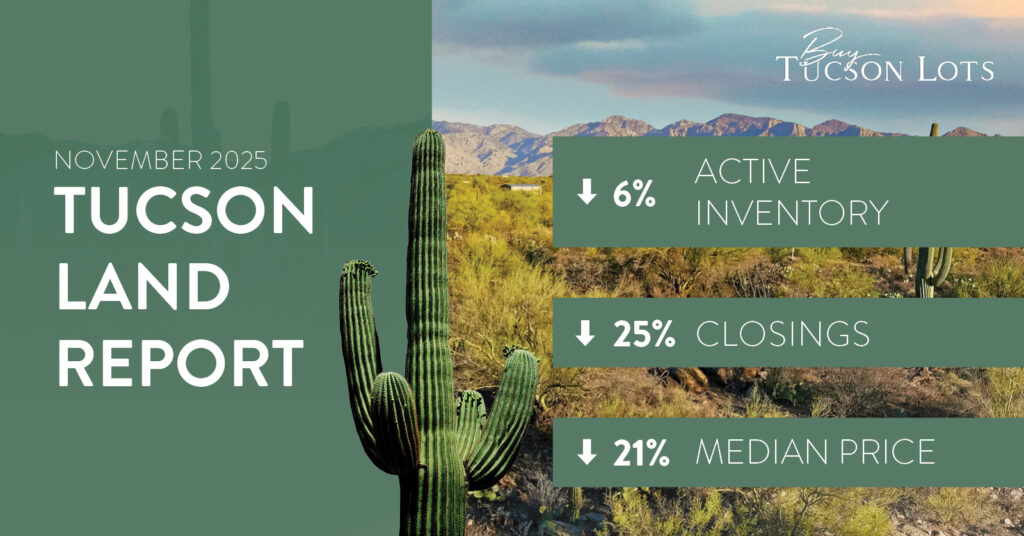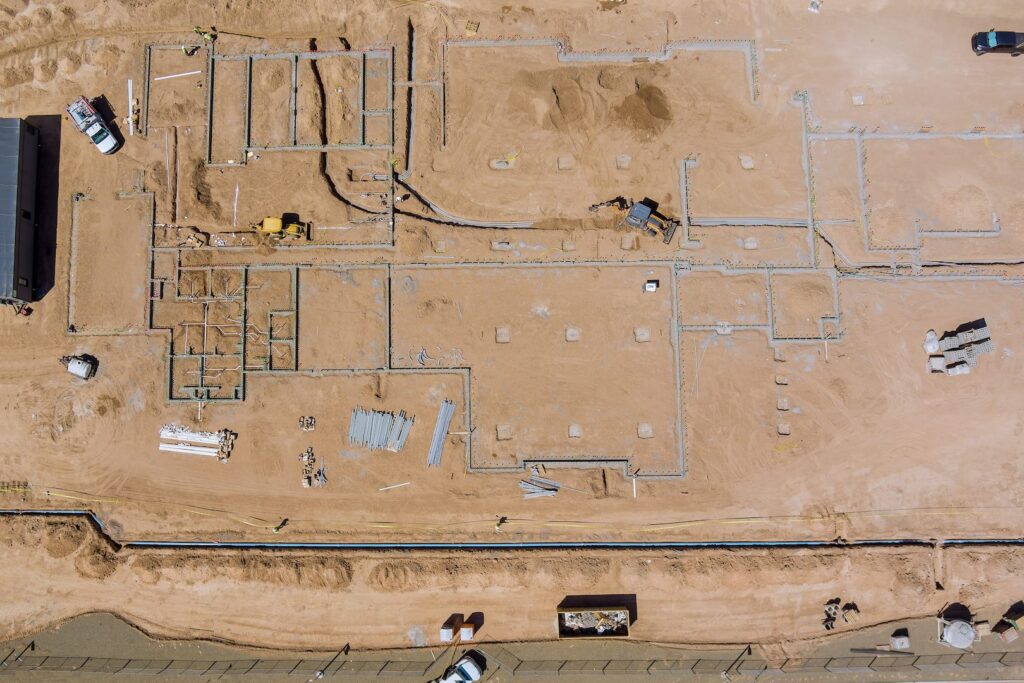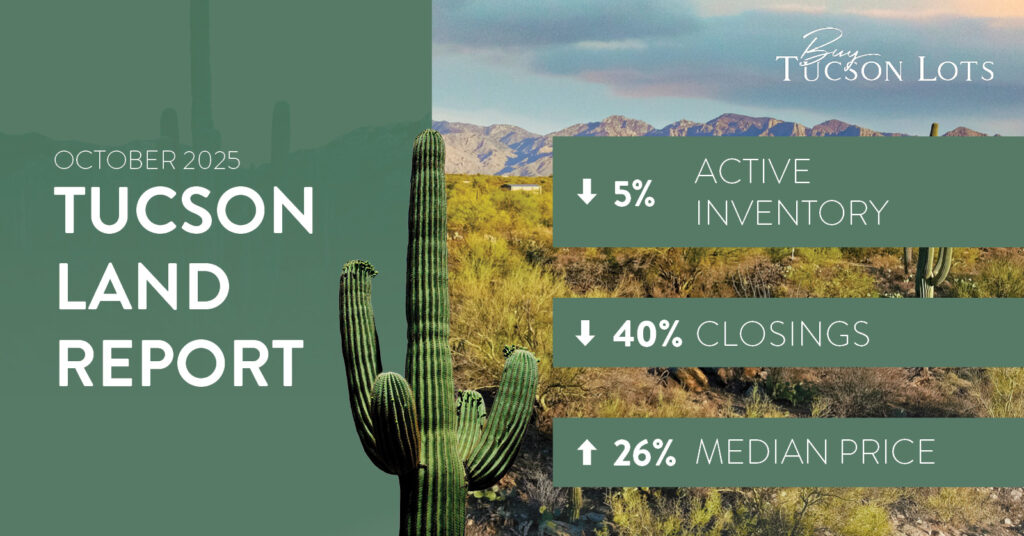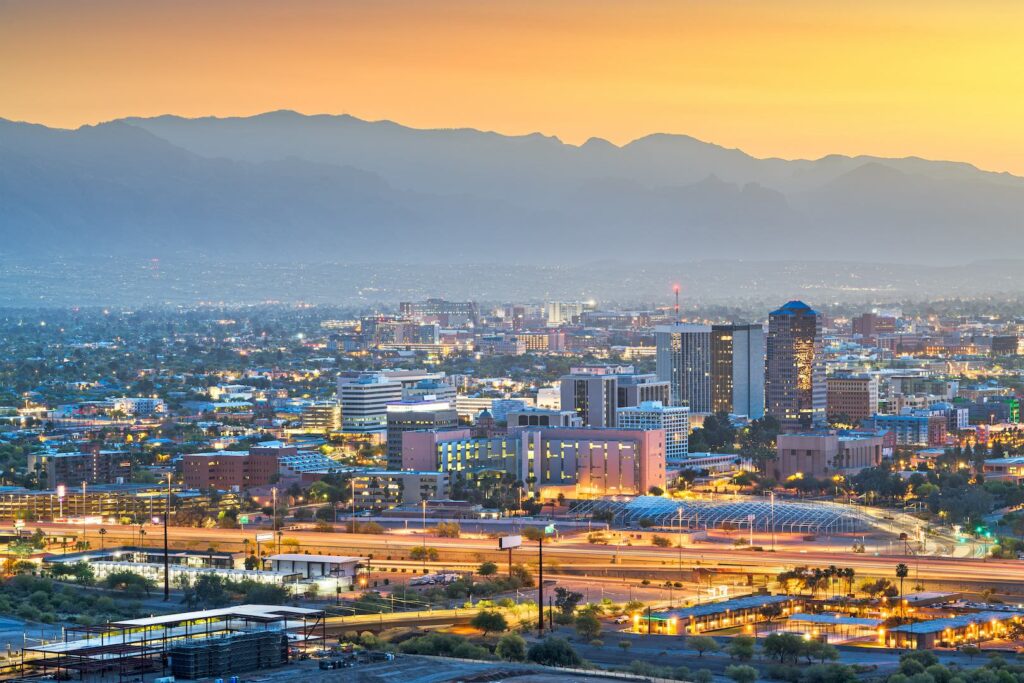written by Patricia Gilbert, Land & Home Site Specialist, Long Realty Co., and Pima County Floodplain Department
Pima County has a Floodplain Management Ordinance (Floodplain Ordinance) which gives authority to Pima County to regulate the development of land, including the construction of residential and commercial development. For those who work in the construction industry or own property that is located within a floodplain, they probably have come across the term “erosion hazard setback.”
What exactly is an “Erosion Hazard Setback”?
First, it’s important to understand what erosion is and how it can impact land. The definition of “erosion” is the physical process where flowing water removes soil causing the banks and beds of stream channels and washes to wear away and degrade over time. Erosion can cause washes to move and ultimately threaten structures and cause safety hazards.
The Floodplain Ordinance defines “Erosion Hazard Area” as “the lands adjoining a watercourse regulated by this title that are deemed by the chief engineer to be subject to flood-related erosion losses.”
Huh? What does that mean?
There are washes throughout Pima County that have a significant amount of water that flows through them when it rains. The land directly adjacent to both sides of the wash can be subject to erosion. In short, erosion is the movement of soil. When erosion occurs, it can be hazardous when structures are placed within this area.
To protect structures, municipalities have to establish rules and guidelines in order for structures to be built at a safe distance from these erosion hazard areas.
So….again, we come back to the question, what exactly is an “erosion hazard setback”?
The Floodplain Ordinance defines “setback” as the minimum horizontal distance between a structure and a watercourse. On each side of a watercourse, the setback is measured from the top edge of the channel bank, the top edge of the closest channel or braid when multiple channels or braids exist, or the edge of the regulatory floodway – whichever is most representative of the erosion hazard.
Oh boy. What does that mean?
In essence, it’s a “building setback.” It is the horizontal distance from a wash to a determined location where a property owner can safely put a structure; this is the “Erosion Hazard Setback. Structures are not allowed within an erosion hazard setback. A fence, pool, basketball court, driveway or corral can be located within an erosion hazard setback. Why are these allowed? Because they are not structures.
There are different sizes of washes and watercourses that carry different amounts of water when it rains. Therefore, there are different horizontal distances depending on the size of wash and amount of water that flows within the wash. Erosion hazard setbacks can vary from 25 feet to 500 feet – again, depending on the wash or watercourse.
Some watercourses have had the installation of bank protection which can reduce the erosion hazard setback. An example of this is the Rillito River. The Rillito River has bank protection along the watercourse which has reduced the building setback.
To learn more about how to avoid erosion hazard setbacks for your build project or to find lots without these troubles, give Rick a call today.



